
The iTeach Blog







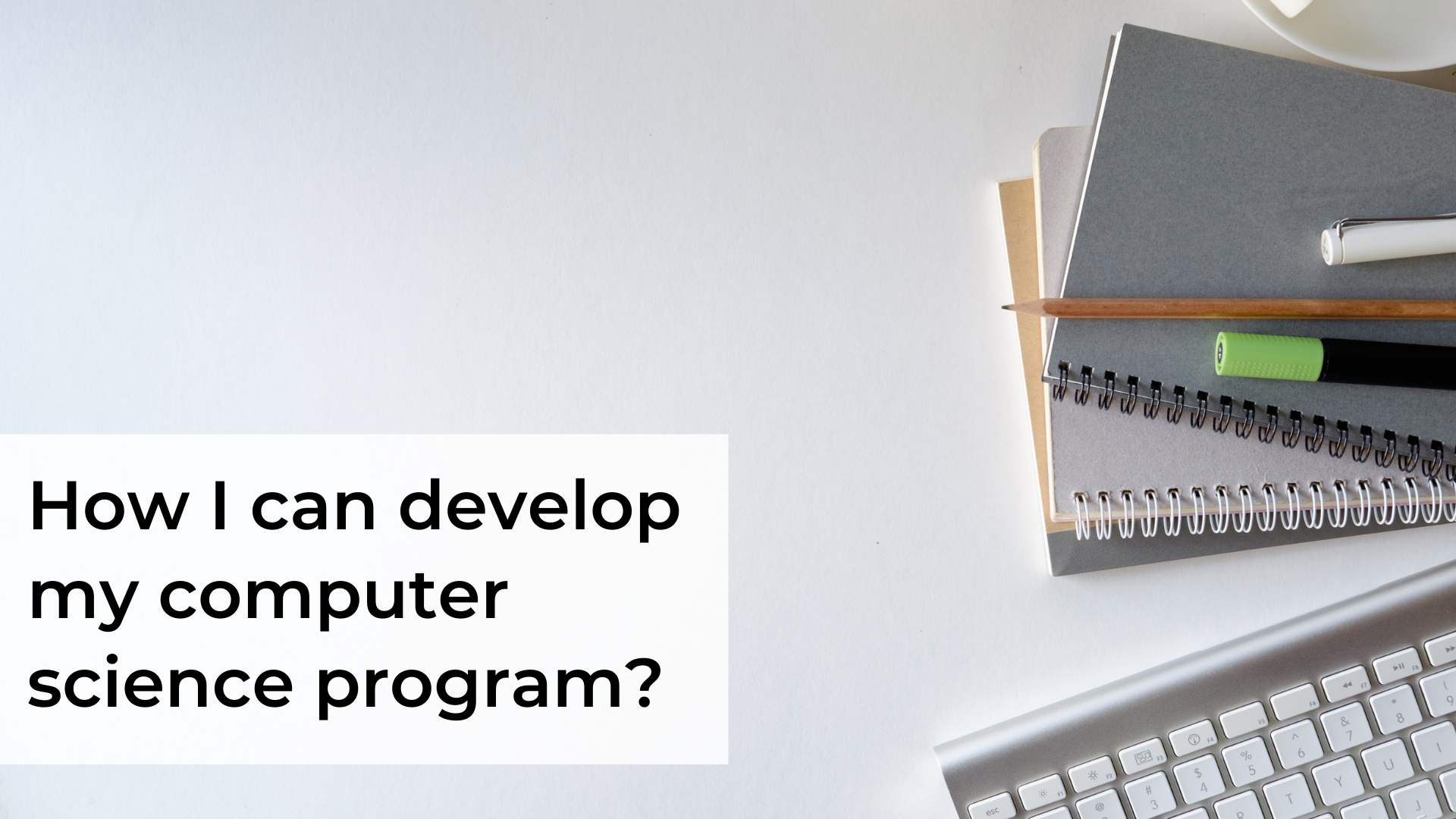
Developing a Computer Science Program
If you’re working to develop a comprehensive computer science program for your students, don’t miss this collection of helpful resources and materials, curated by iTeach Coach Ombre Mims!
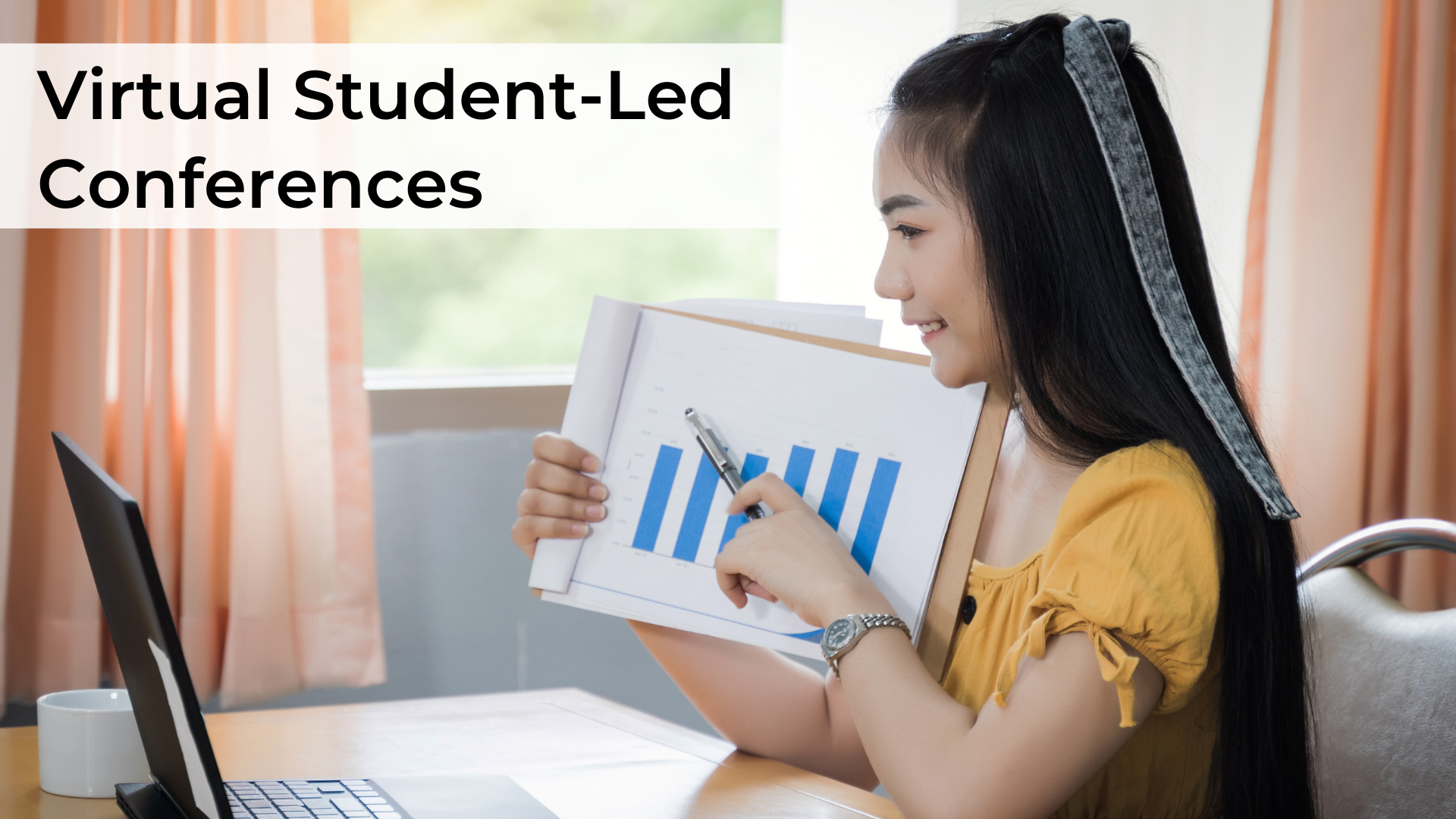
Virtual Student-Led Conferences and Personalized Learning
Student-led conferences are a great space for engaging families in the learning process and a valuable opportunity for students to display their learning. Learn how to get started!
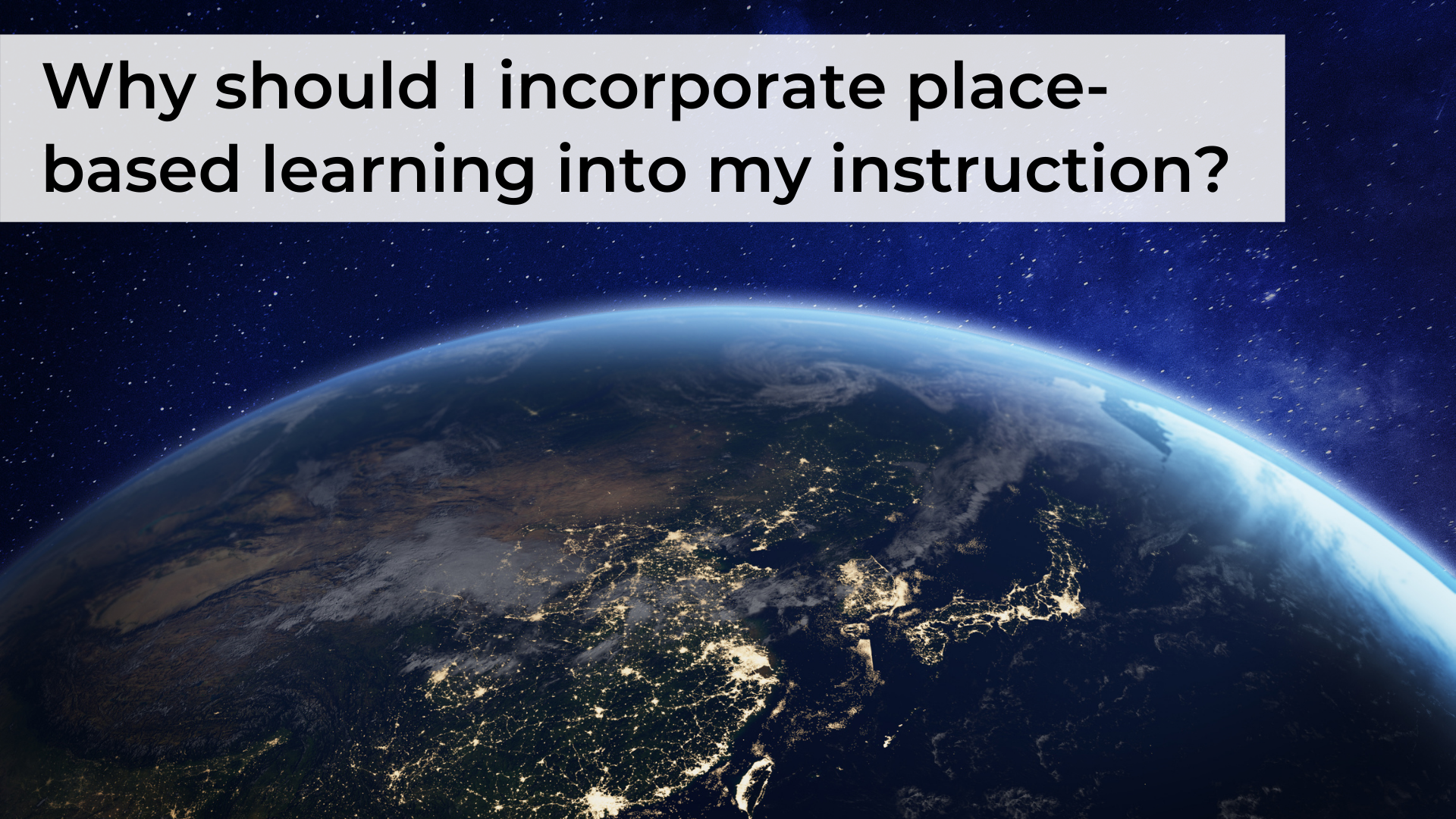
Place-Based Education
Learn more about how place-based education can strengthen students’ connections with their community and help them learn about issues that impact the world outside of their classroom.
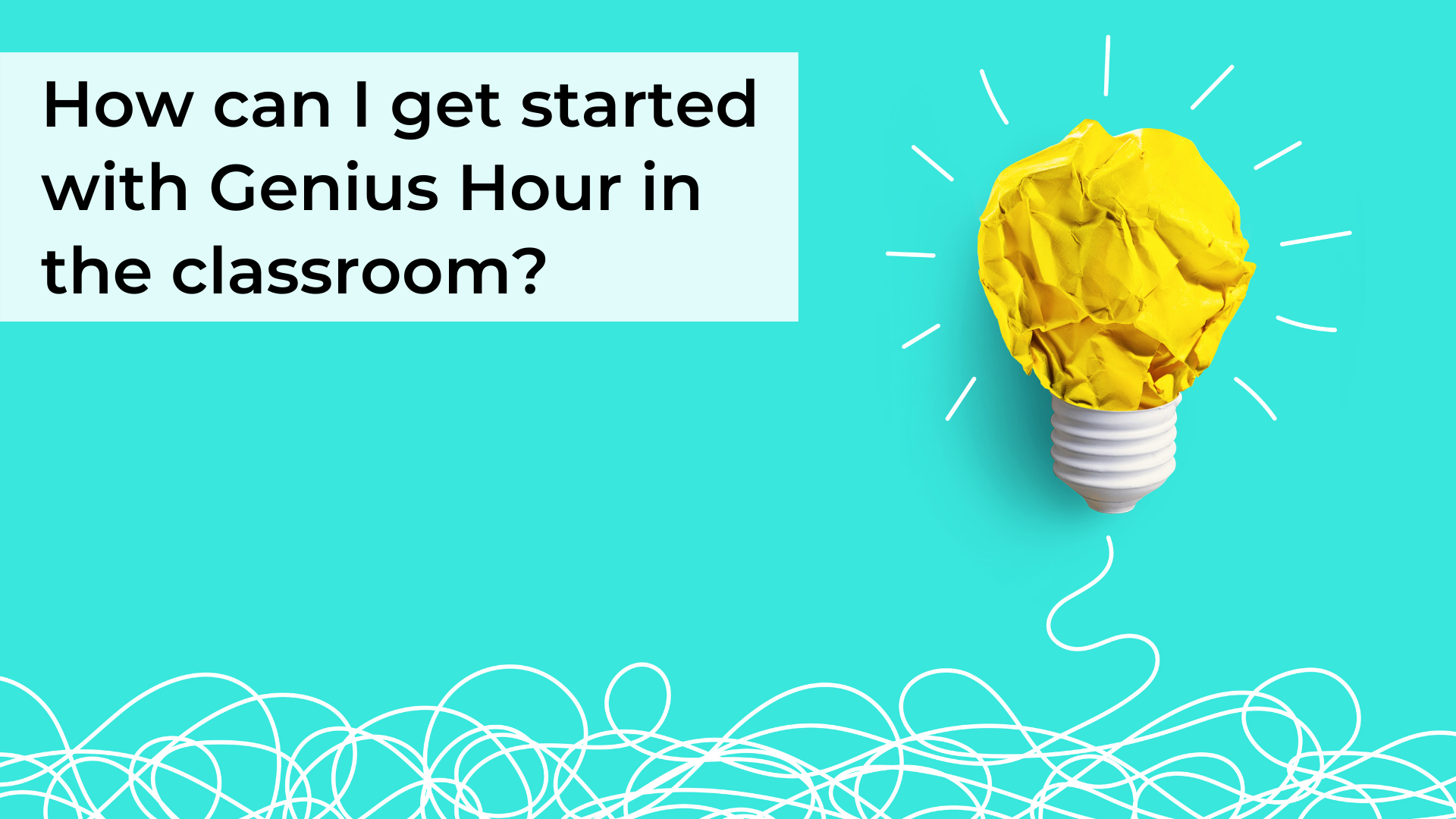
Getting Started with Genius Hour
During Genius Hour, students spend a designated amount of class time exploring their own interests. This strategy allows students to experience autonomy and use their voice. Learn more about some key considerations for Genius Hour and create a plan to get started!
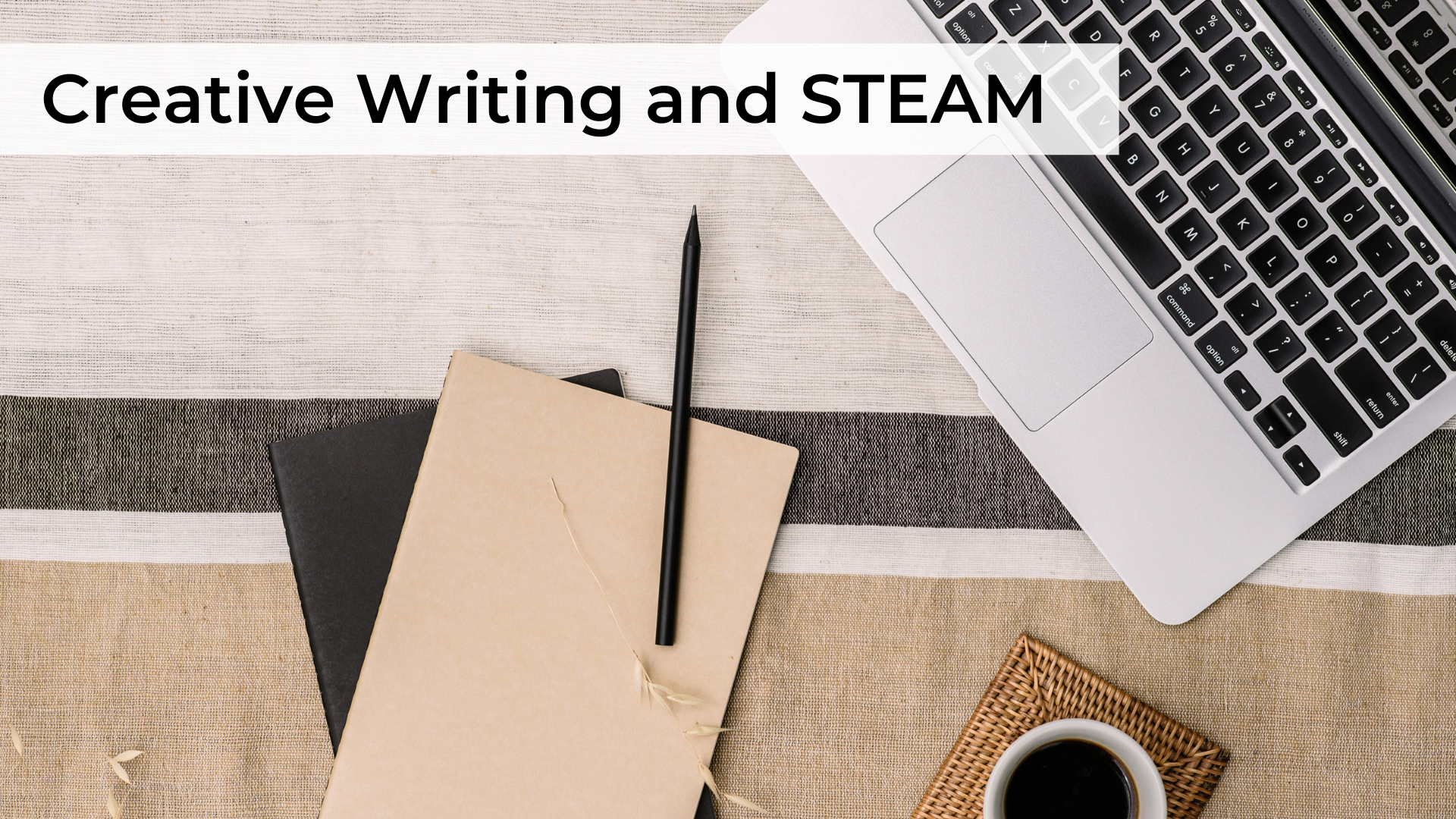
Creative Writing and the STEAM Discipline
iTeach Coach Chioma Anuebunwa shares tips to incorporate the STEAM discipline into Creative Writing activities.
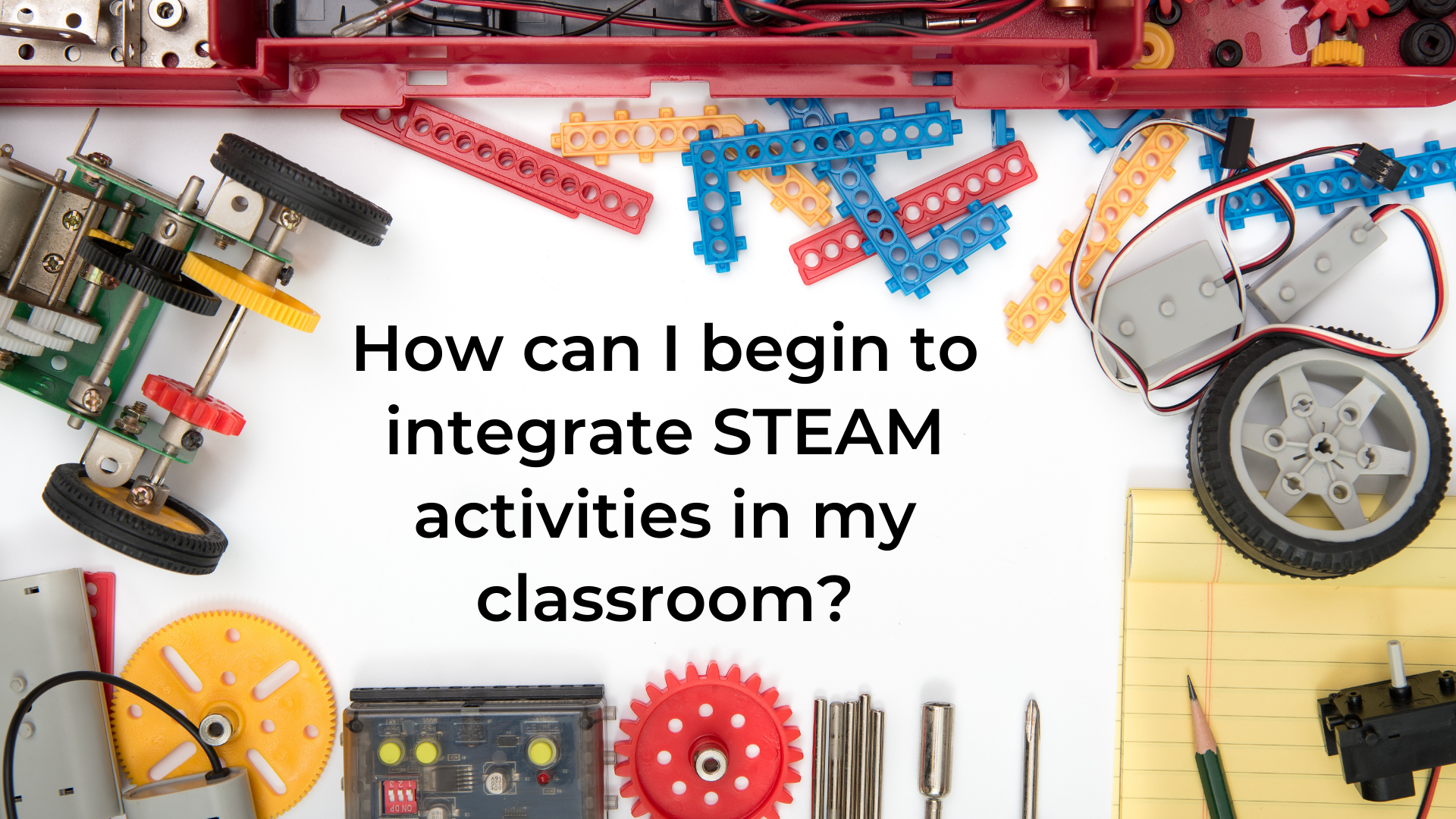
Integrating STEAM in the Classroom
Problem-based STEAM activities can support a Personalized Learning environment by helping students develop prioritized executive functioning skills and work toward curriculum mastery. Learn how to get started with STEAM activities in your classroom!
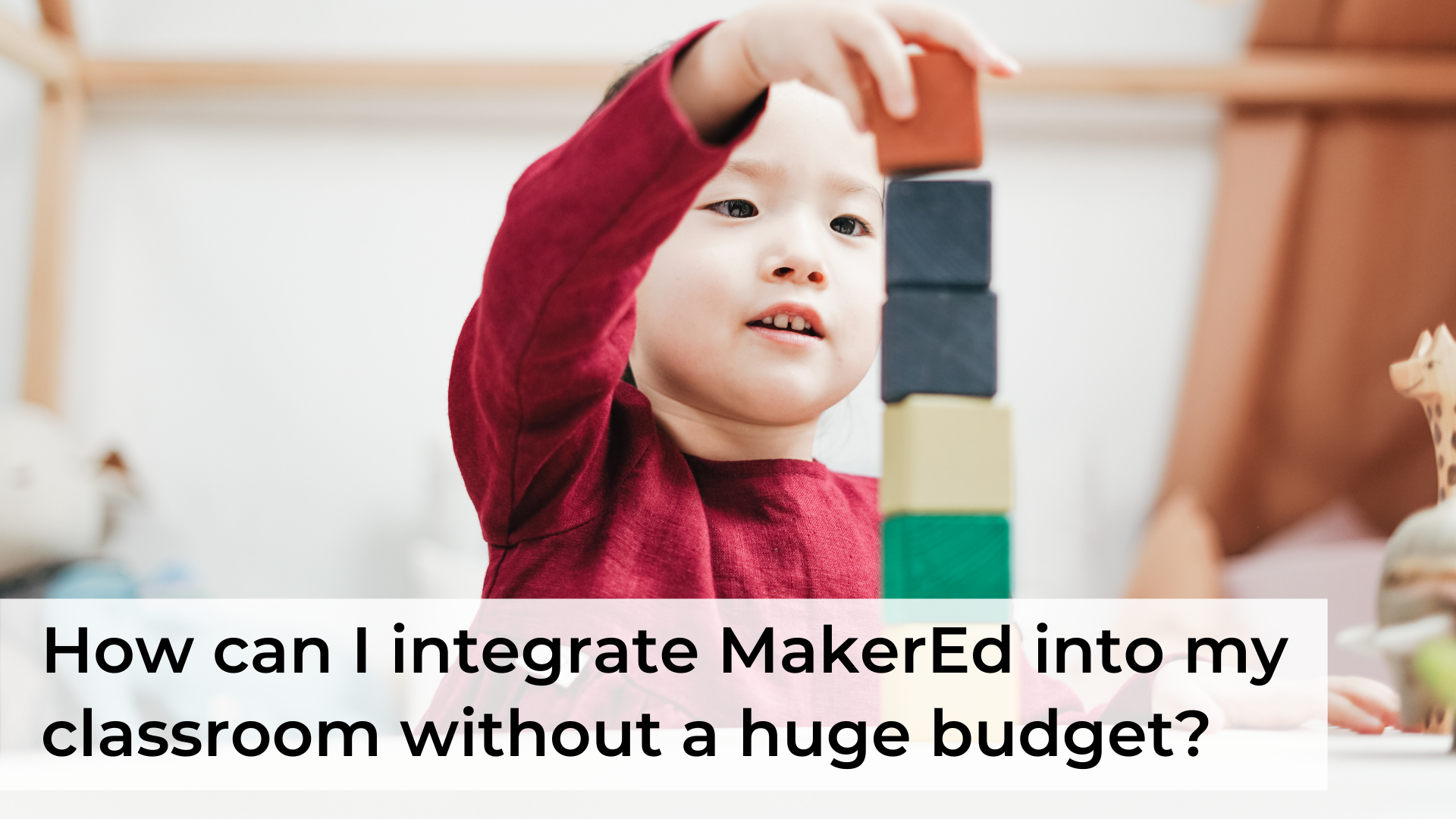
MakerEd on a Budget
iTeach believes that Maker Education can transform teaching and learning, encouraging all students to collaborate, hack, invent, share, create, make, and do. With that in mind, there’s no need to stress about funding for expensive technology tools, because students can make in all sorts of ways!
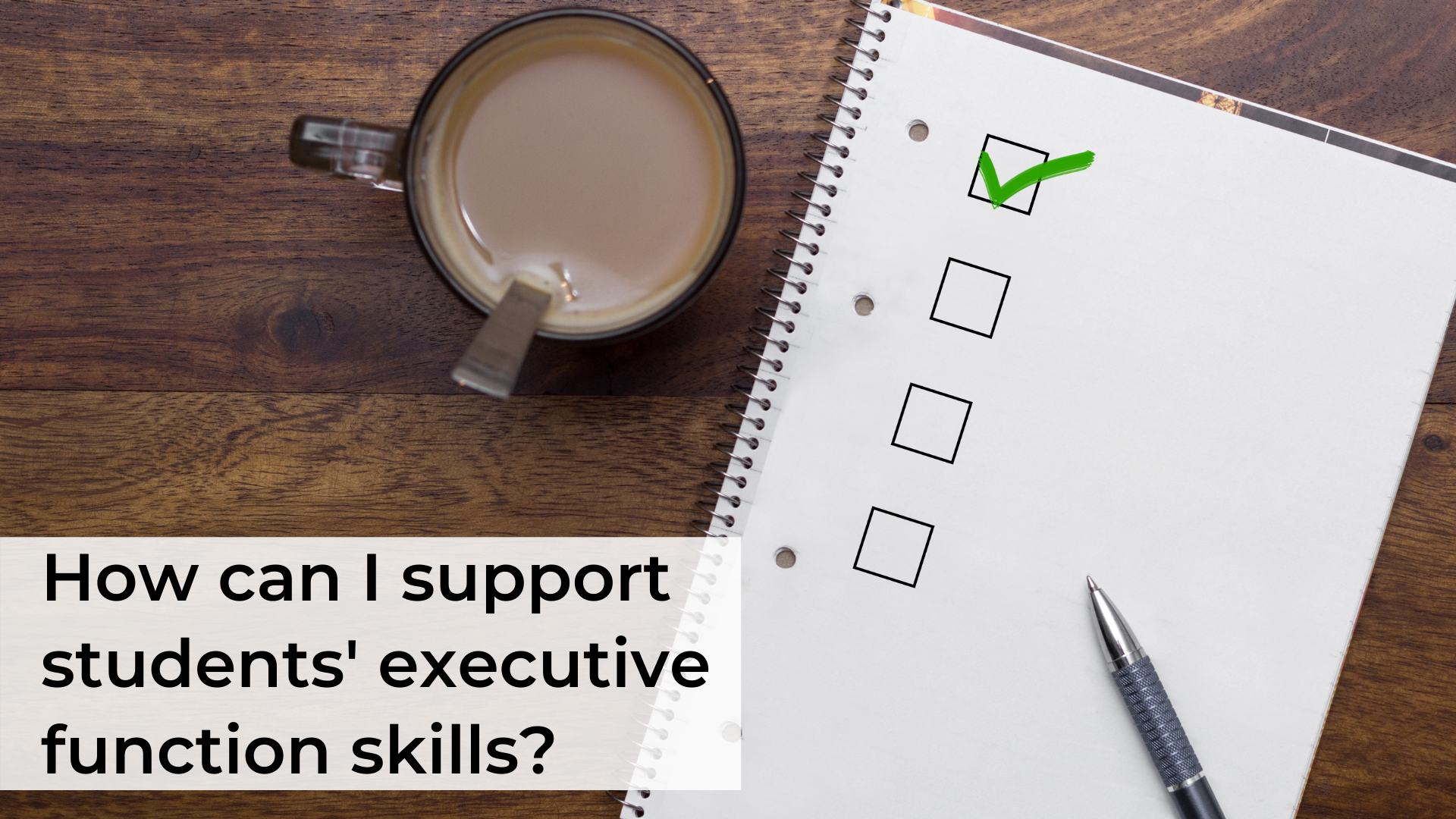
Executive Function and Remote Learning
Sometimes, what we perceive as an engagement issue is actually an executive function issue! Ana Hale offers suggestions to explicitly teach executive function strategies to students that will help them succeed in an online learning environment.
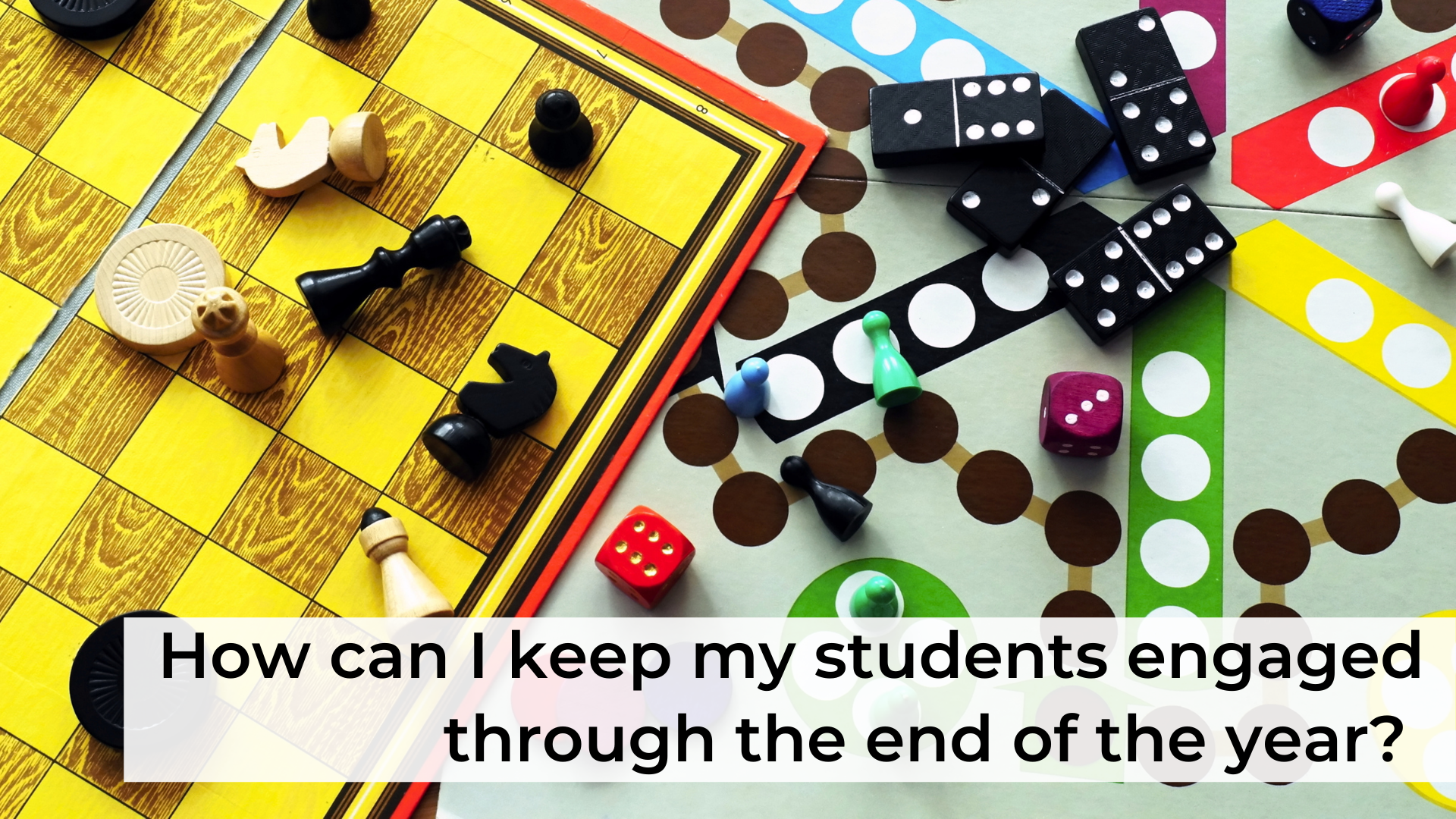
Maintaining Student Engagement Through the End of the Year
How can we maintain student engagement through the very last day? How can we make sure that even though grading is coming to an end, our work still has value? Read on for three practical approaches to engaging your students at any grade level through the end of the year.
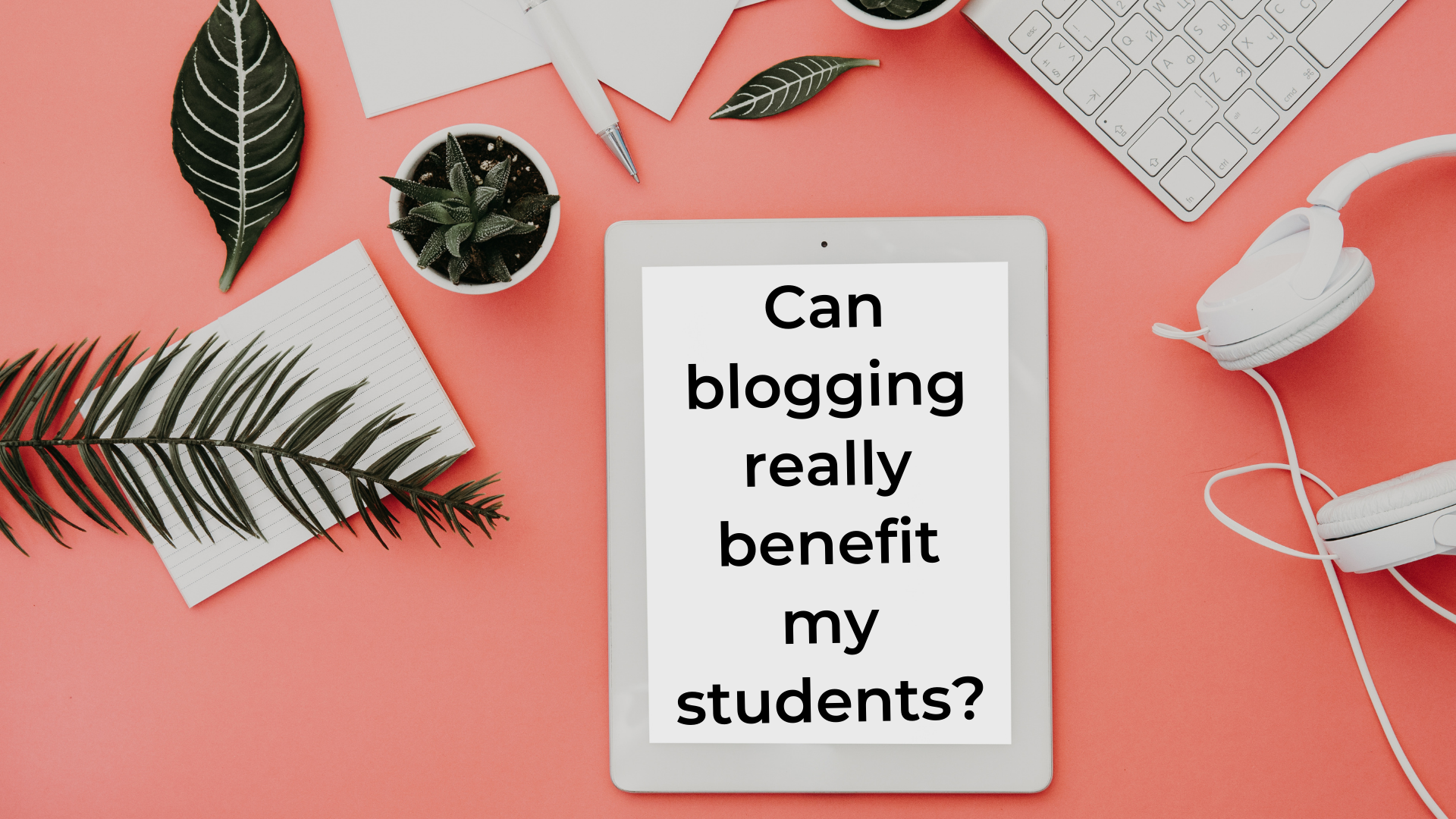
Benefits of Blogging
Student blogging is a common sight in today’s classrooms, from our youngest learners to college students. This is largely because of the many benefits that blogging offers! Learn how this versatile tool can help students to build essential skills.

Novel Engineering
What if you could teach a literacy unit while also incorporating STEM and engineering design principles? Learn how to spice up your literature units with Novel Engineering!
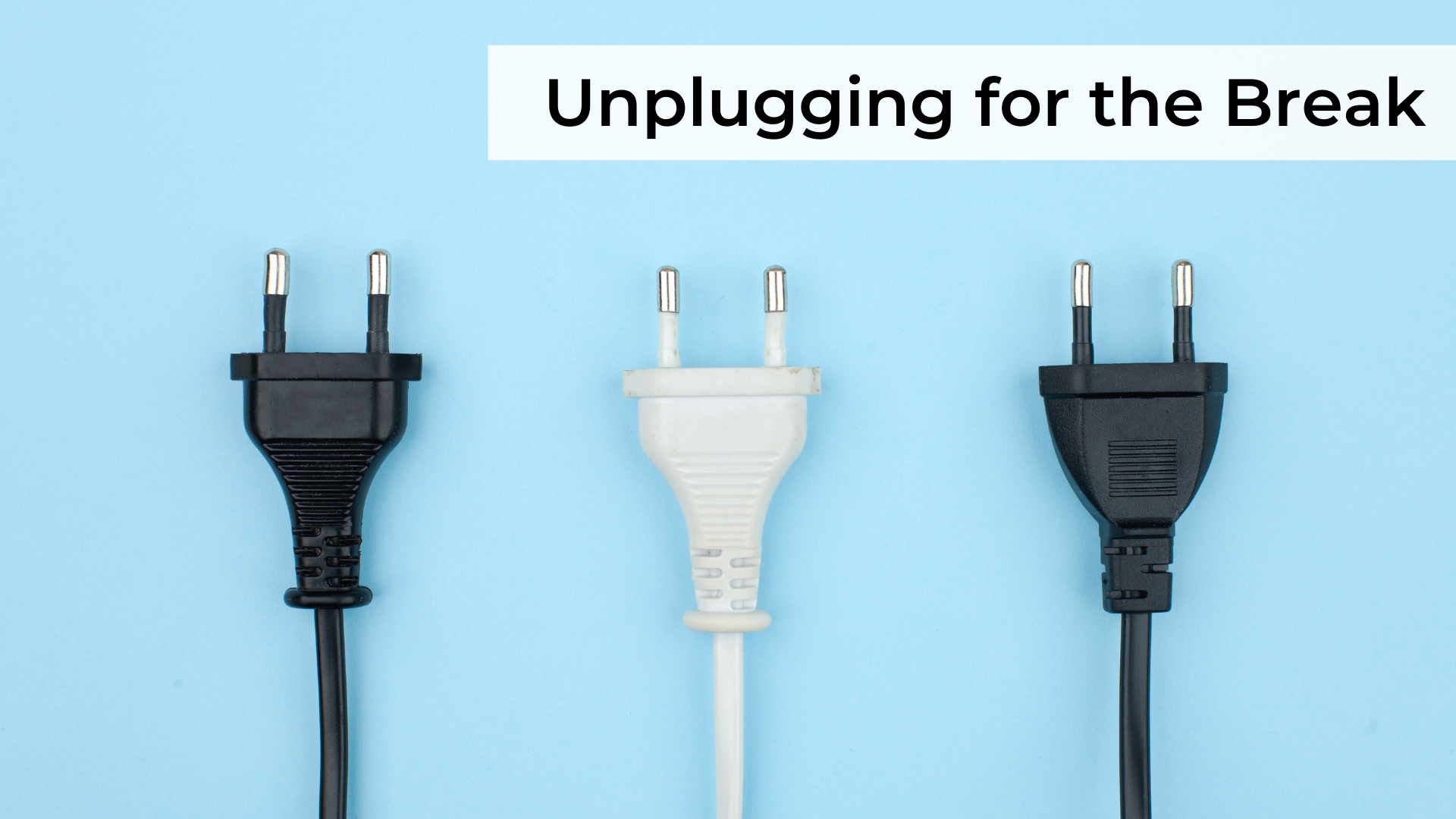
Unplugging for the Break (or Sooner!)
Teachers deserve unplugged time too. There is an endless list of things to do that will take you away from the screen. Use National Day of Unplugging or your spring break to reconnect and explorer by yourself, with a friend, or with your family.

Using Picture Books with Older Students
As educators, we can harness the power of children's literature to support learning for students of all ages. Learn five ways to effectively use picture books with older students.
